At this time of year, death seems to be a prominent theme: today is All Souls' Day and this week has seen Halloween and Día de Muertos, a time when plastic skulls adorn our supermarket shelves, cemetery walks are at their most popular and the dead are remembered. It feels like an appropriate time to reflect on the University of Winchester's Death and the Maiden Conference which took place in July and welcomed 120 delegates across the weekend, writes Lucy Coleman Talbot, a PhD student at the University of Winchester and one of the organisers of the conference.
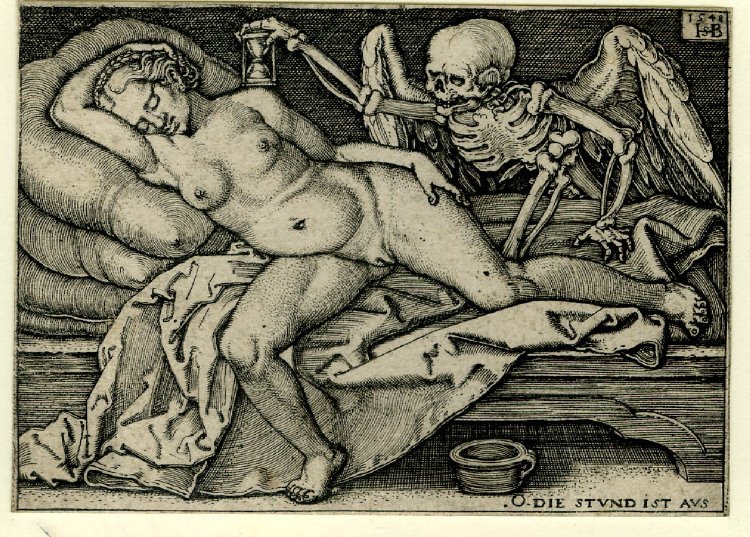
'The Hour is Over' Hans Sebald Beham (1548)
Death and the Maiden has long been an artistic genre in the West, with its roots in the Dance Macabre tradition. In c1426, the English poet and Benedictine monk, John Lydgate, adapted the Parisian cycle to include women with those taken away by a skeletal death, and in c1495, the German painter and printmaker, Albrecht Dürer, engraved a distinctly male death ravishing a young woman. But women's connection with death goes far deeper than the subject of art: in the Greek and Roman times, it was a woman's job to close the corpse's eyes and mouth. Indeed, across time and space, women have typically been the layers-out of the deceased.
From Victorian mourning practices to keening or preparing funeral feasts, the feminine role in death is rooted in ritual and tradition. The notion that 'death work' is 'men's work' has been continually challenged through female voices and by women creating new approaches to death and dying in all kinds of ways, such as professional roles, art, science and activism.
These developments constantly make news headlines as something shocking or strange, reducing women to a stereotype of sensitive care givers. The Death and the Maiden conference, hosted by the University of Winchester in late July 2017, was an opportunity to challenge this, creating a space of exploration and discussion. We had speakers from Europe, America, Canada and Mexico joining us to share their research and contribute. We heard environmental, cultural, social and political perspectives with violence against women, sexualisation and oppression becoming an all too common theme. Death is often a difficult subject, confronting loss, grief, hard truths and sometimes horrifying circumstances. This conference proved though, that it can also be inspiring, heart-warming, exciting, progressive and life affirming to discuss death.
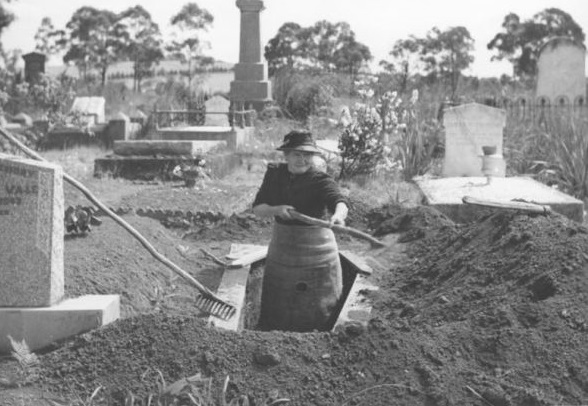
Josephine Smith, aged 83, digging a grave during World War II (1944)
The four-day international conference included workshops, an exhibition, performances, film previews and a coach trip to Brookwood Cemetery in Surrey. The event was a collaboration between Dr Christina Welch of the University of Winchester and Death and the Maiden (founded by MPhil/PhD student, Lucy Talbot and director of The Order of the Good Death, Sarah Chavez), with all merchandise and the conference logo designed by the artist Lozzy Bones.
Below are some photographs from #deathmaidenconf.
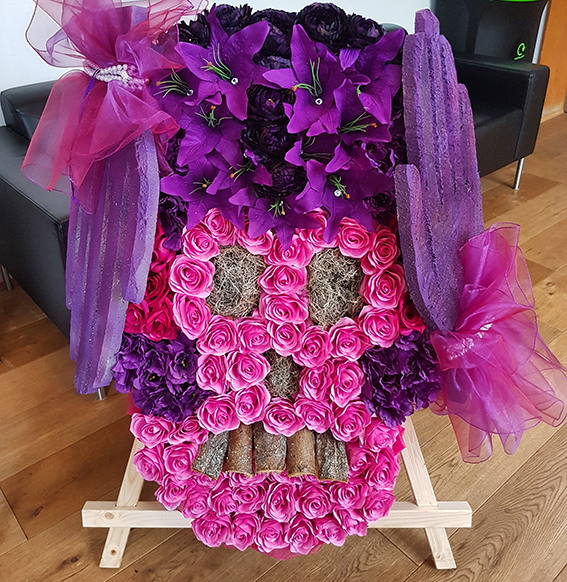
This floral tribute is based on our conference logo and greeted the delegates at the entrance to West Downs, it was created by award-winning funeral floristry specialists, Stems UK
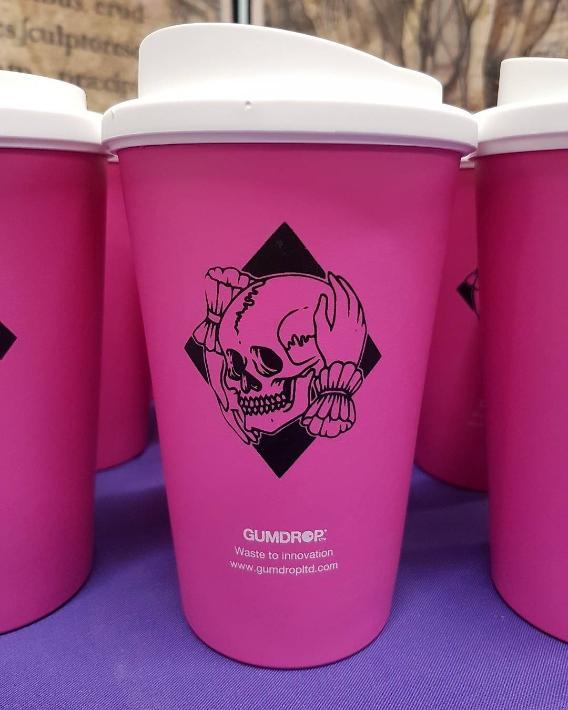
All conference delegates received a Gumdrop reusable cup with their conference pack, sporting the conference logo and made from recycled chewing gum, of course.
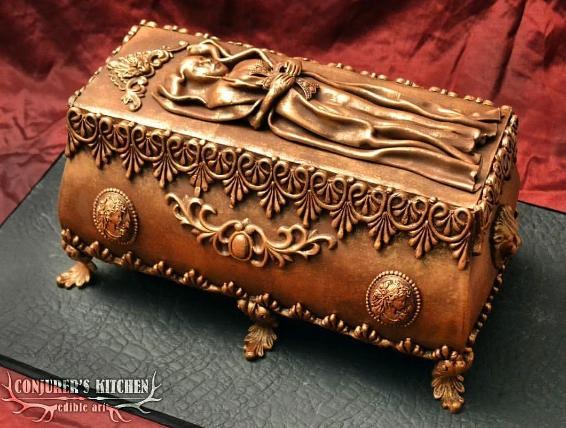
This beautiful coffin cake, created by Conjurer's Kitchen, was inspired by the Imperial Crypt in Vienna. It was cut and consumed at the Saturday night performance by musician Jezebel Jones and screening of Karen Anstee's film Rachel, during the wine reception sponsored by the University's Centre for Gender Studies.
Our exhibition included incredible art, design, sculpture, photography and installations.
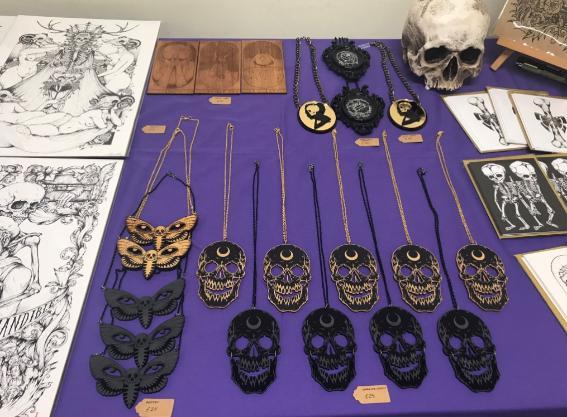
All kinds of beautiful items were for sale in the exhibition room, including jewellery by Lozzy Bones
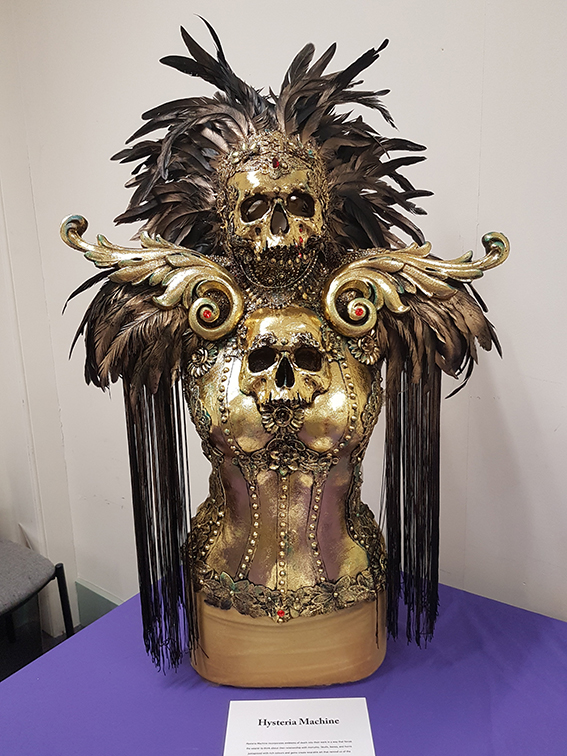
Incredible armour and mask by Hysteria Machine
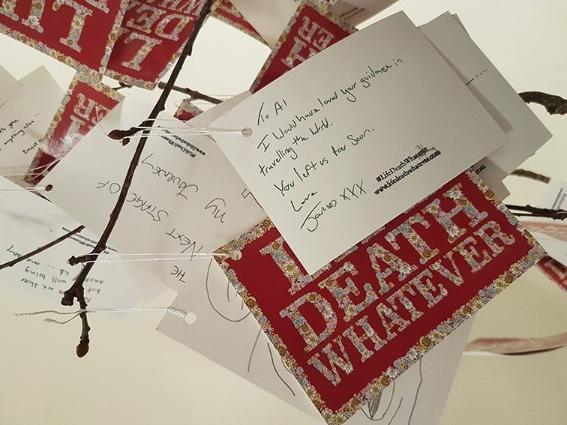
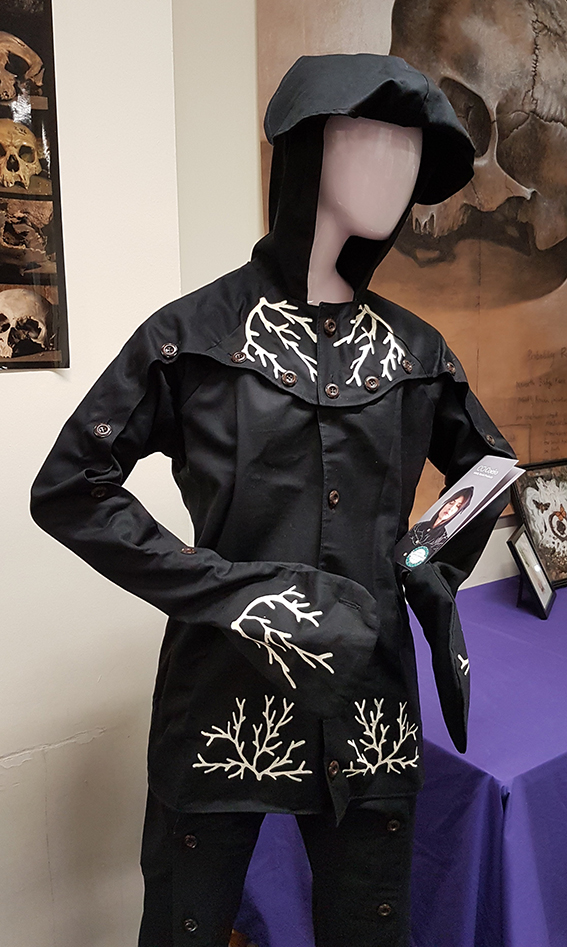
The first Mushroom Suit to enter the UK, a revolution in the world of eco burial created by Jae Rhim
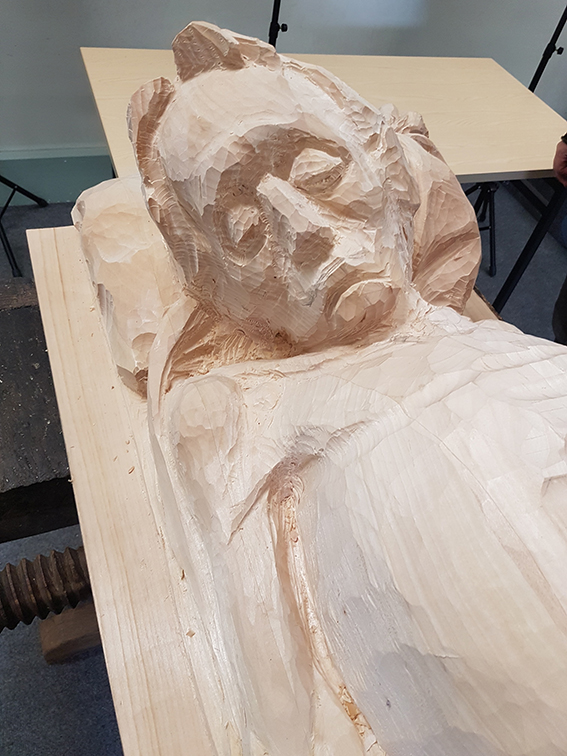
Guy the Gaunt was worked on by Eleanor Crook throughout the conference, the first of his kind in 500 years. Dr Christina Welch led delegates down to Winchester Cathedral to see the two carved cadavers our city houses: Bishop Richard Fox (d1528) and Bishop Stephen Gardiner (d1555)
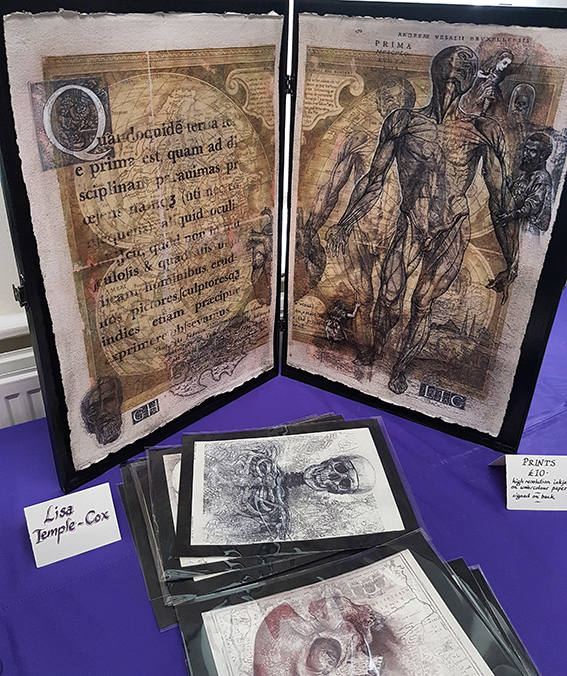
Artist Lisa Temple-Cox exhibited, sold prints and ran a workshop Mapping the Remains
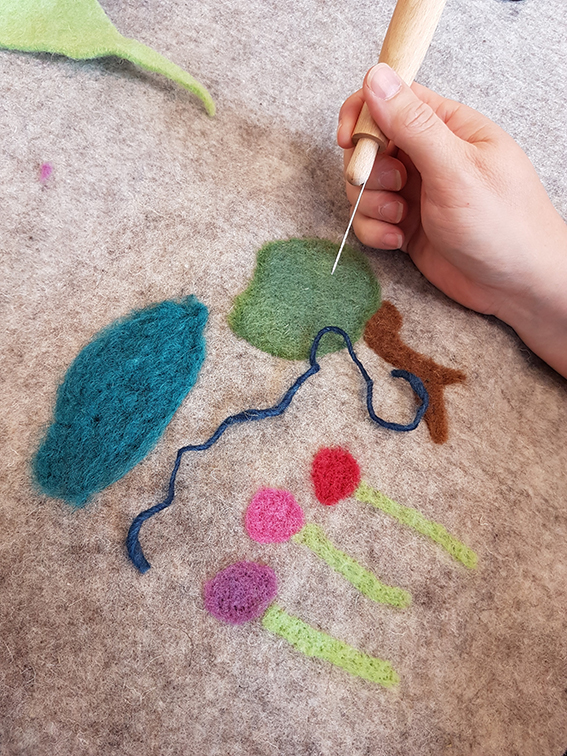
Shrouds were decorated using felting techniques in a workshop led by Yuli Sømme
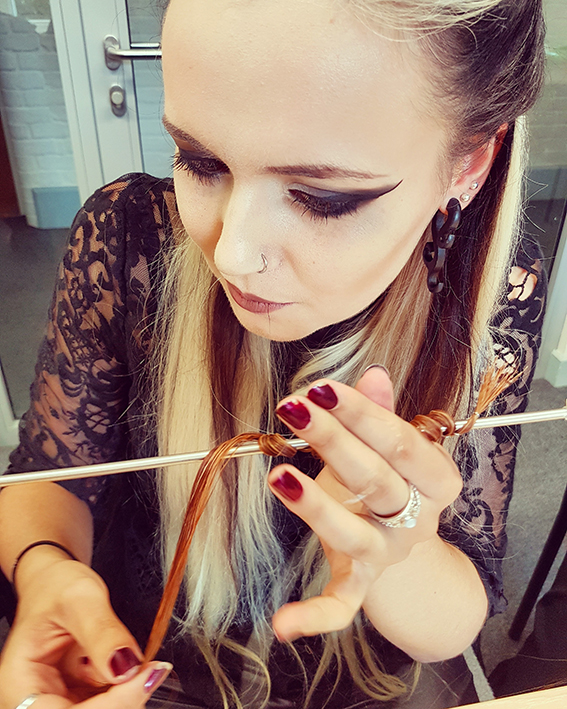
Victorian mourning hairwork techniques were learnt with Courtney Lane
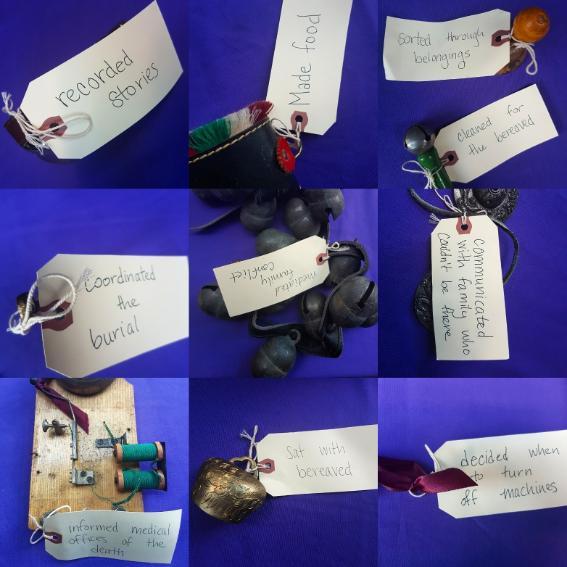
Viewers were encouraged to ring the bells of emotional labour that they have practiced or identify with for Casey Middaugh's installation For Whom the Bell Toils
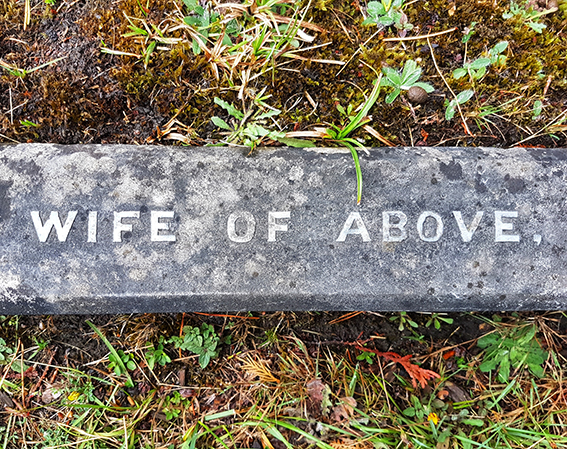
Pondering at graves, Brookwood Cemetery
Find out more on the conference website and read full coverage here.
You can also join the Death at Winchester (Death, Religion and Culture Interest Group) on Facebook or visit Death and the Maiden's website.
Back to media centre